The Trust Message is undeniably strange compared to anything we’re used to seeing on the front of a mountain bike.
Its originators are three bike industry heavyweights: Dave Weagle, rear suspension designer extraordinaire; Jason Schiers, founder of EDGE (now ENVE) Composites, and Hap Seliga, co-founder of Competitive Cyclist.
In particular, I’ve previously been impressed by riding the DW-Link Weagle begat, and was wondering if he’d do the same for forks. If you go read Trust Performance’s website, they talk about how good and different it is to anything before, going so far as to dub this “The Trust Effect”. Which they mostly talk about in terms of how much faster and more confident it’s definitely, for sure, going to make you.
The way they talk about it seems almost…religious.
In The Beginning
Finish quality is high. The matt carbon and linkage shapes have a kind of cyber-crab aesthetic, which has proven divisive amongst friends. I found any aesthetic shock wore off after a few weeks riding it.
Most setup was covered in the first ride review. One thing I omitted in that earlier piece was the torque cap adapters. Torque caps themselves are of the devil, because they’ve led to fiddly, hub guzzling dropouts. Trust has a neat solution in the form of bolt in crescents that take up all that redundant space, should you happen to be running one of the many non-torque capped front hubs out there. Blessed be.
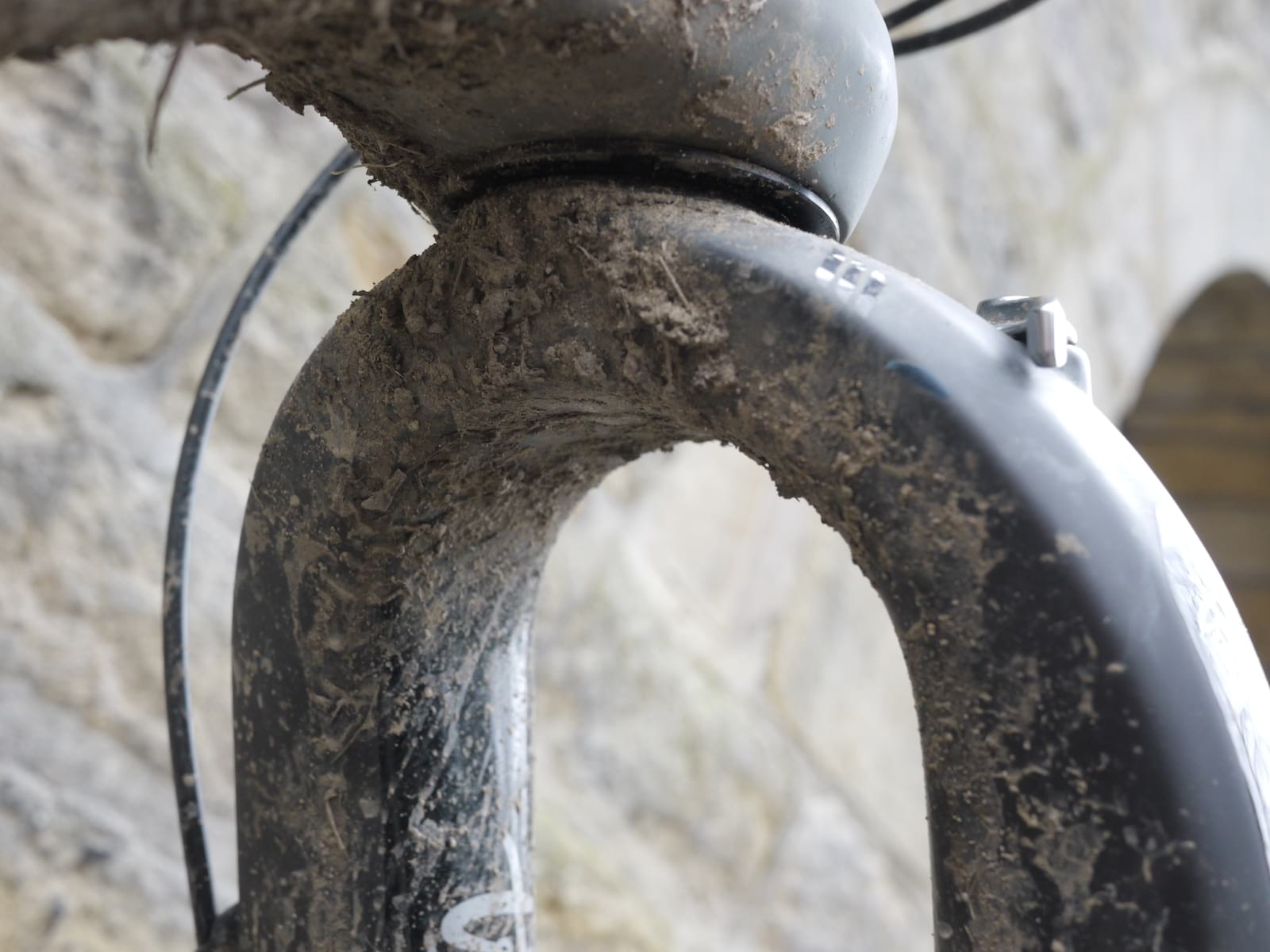
While the Message does come with a highly complete cabling kit, giving many options for hose routing, the plastic routing components were greasy plastic that didn’t stick well to the provided adhesive tape. That got frustrating enough that I slapped some anti-rub stickers on the fork and called it done.
Will It Bend?
On the first ride article, someone asked if it was binding on off camber stuff. I did a quick test, turning the bike upside down and deflecting a 29er wheel by gripping the top and bottom. Even applying that leverage, both linkages still moved smoothy. So no, it doesn’t bind.
Unlike a RockShox RS1, where the lowers can move separately and make it annoying to insert the axle, dual air springs on the Message keep axle holes aligned. Beyond Trust Performance stating that you absolutely MUST check the axle is tightened to 17Nm before every ride, popping a wheel in or out is no more difficult than with any other fork.
Overall, the Trust Message has a high quality finish and feels solid.
Twelve Score & Ten
While Trust doesn’t promise life eternal, it does state a Methusalean 250 hour service interval, which is nearly 1.5 weeks of continuous ride time. Obviously, only having it for a month, I did not achieve that. I’m not a miracle worker.
I’ve been asked many times whether the pivots are holding up to UK weather. A month of rain, filth, grit and bike washing have resulted in no apparent crunch. Let’s skip to the end of the test and open one up, eh?
Each has two bearings, and the parts are pinned together by nested bolts. A groove round the middle of the outer bolt allows a slim metal pin to retain it, stopping it from falling out should it ever unthread (Trust seem pretty hot on the user checking torques regularly).
On taking it apart and turning the bearings individually, they still showed absolutely no notchiness. The included torque key made it easy to get everything back together and know it was set up right.
Fundamentals
Trust says the Message, with its 130mm linkage travel, is suitable for replacing any 100-150mm travel fork. It also states that, because it preserves head angle throughout the travel, axle-to-crown measurement is less important and it may work on bikes outside of that travel range. I ran this fork on a Radon Cragger 29er that normally takes a 130mm Pike, then a Propain Tyee 27.5 that mostly runs 160mm Pikes or Helms, and an Evil Following 29er that’s built to accommodate a 120-130mm travel fork.
The Radon is what I used for the first ride article.
On the Propain, it lowered the axle-to-crown measurement by a couple of centimetres. Honestly, the less said about this one the better. It had noticeable, sudden oversteer, with the wheel seeming to flop into turns. At worst, it would get into a kind of alternating pogo stick cycle with the rear shock, which made the bike feel like a nitrous-powered seesaw. Overall, that led to it getting knocked off line with arse-puckering ease.
I’d definitely take Trust’s statement of “probably fine for more than we specify” with a pinch, perhaps a pillar, of salt.
We hustled it onward to an Evil Offering, which felt like a much better pairing – no sudden oversteer, for a start.
A couple of small aspects I got on well with were basically car park tricks. When doing endos, lack of stiction meant getting up on the front wheel was always smooth and consistent. Likewise, it’s interesting to ride up steps, with the wheel swinging itself smoothly over the usual stopping force of each edge.
Early travel is extremely supple. The rest, it turns out, not so much.
Book Of Numbers
Trust is very exacting on setup, giving specific settings for air pressure, rebound and compression, tied to rider weight. They result in sag of 20%. My first ride article mentions they seemed firm rather than harsh, but on dialling down that firmness, I’ve found, tada, some harshness lurking underneath.
Normally with an air fork, such harsh progressivity would have me messing with air pressure and dropping volume spacers while aiming for 30% sag. Not with this though, as the extremely progressive spring curve was based on only having two of their maximum 6 ‘huck pucks’ in each of the air springs, and Trust requires you to take your fork to an authorised service centre to get the configuration changed.
With initial travel so supple, I first suspected dropping the air pressure would result in it bogging down into the mid-stroke, so experimented with rebound and compression damping first.
Initial rebound settings felt too slow, and a little better when sped up a few clicks – it wasn’t miles away from my preference. Opening up the compression damping further than recommended definitely helped get the travel usage more consistent, but only did a little to get rid of the harshness.
The Promised Land?
So as you might have intuited, I struggled with this fork. I want to talk about what it did well first though.
The Trust Message felt really good at twisty, smooth, fast singletrack, where it gave noticeably good, consistent feedback in corners. Leaning the bike was a genuine lightbulb moment of “Oh, this is what it’s for”. As soon as it was in those kind of turns, the fork felt in its element, not just designed for it, but designed well for it.
As those corners transitioned into any drops or airtime though, the front end felt quite deadened. The Message is not poppy, so when you go to push that front wheel off an edge, it tends to punch it over the lip and away. Preloading with your body weight, it seems to taketh the energy… and not giveth back. This was confirmed by several other testers.
Because of all this, pump sections could feel pretty good, but the rollers and tabletops were harder work than usual, nose heavy and not so playful. You really have to boss it around, and on familiar little natural jumps, the bike squashed takeoffs.
Hear Ye The Lamentation Of My Wrists
At Trust’s own recommended settings, flying down a knobbly grass trail on a steep Welsh mountainside, my ulnar nerves felt like they were being liquefied. That may sound like a mercilessly harsh thing to say in a review, but at the default settings for my weight, this fork felt harsher. I stopped after a few hundred metres to wind the open mode damper out a few more clicks, which improved things somewhat, but it was still challenging.
The day after, we took a spin round Tarw Du at Coed-y-Brenin, which features a lot of turbulent rock. Again, tweaks to damping and rebound improved things somewhat, but never dialled out the harshness.
From fire roads to minus thirty percent grade plummets, the Trust Message seems to do almost nothing to filter out high frequency noise. The vibrations felt like an ultrasonic meat tenderiser. Consequently, I felt less control.
The worst settings were truly terrible. As a rule of thumb, on minor chop, your stem should look less active than your fork.
Thirty Days In The Wilderness
Back home in Calderdale, I kept tweaking rebound and damping. When you find yourself using a programming technique named binary search to see if you can find better settings, that’s a problem. When you’re four rides and 75km in, still thinking of it as a shakedown ride, that’s a problem. It was time to dick around with air pressure, so I aimed for 30% sag to see what would happen.
Dropping from 174 to 150psi, it did feel better, and I rode it another 75Km like that, occasionally tweaking settings. Results: better, but similar. Good on the smooth stuff, not so great in the rough.
It did at least get to feeling like a firm fork that could be pushed down the rougher stuff, and stay on choppy lines, as long as I gritted my teeth and tried to go a bit faster.
At this point, I also started to pay more conscious attention to my technique. The Message really doesn’t seem to like aggressive, over-the-bars riding, responding best to the kind of central, neutral body positioning many skills instructors teach. We all get sloppy though, and this fork seems a lot less forgiving of it.
I’ve pushed the limits of the default settings, then methodically gone beyond them to see what I could improve. It got better, but I’m sorry to say for the variety of riding I do, there was no heavenly chorus heralding the Trust Effect.
Imperfect Creation
I followed Trust’s setup instructions to the digit, then persisted with those settings for several rides (and bikes!) before altering anything.
The Jekyll and Hyde nature of the early-to-mid travel transition seemed impossible to iron out. Leverage creates smooth initial travel, but it ramps up hard. Adjustments seem to slide that spring curve around on the graph, rather than perceptibly changing its shape.
It does track well under ideal conditions, and seems like a fork that works really well for single hits with enough recovery time between. Every time I thought I was zeroing in on a do-it-all setup though, it started punching me in the wrists again. Crucially, that seems like it’s not to do with the size of the hits, but the frequency.
End Times
Telescopic forks may be near their design limits, but after 25 years of development, pretty much everything about their behaviour can be modified to suit.
With linkages, some of those characteristics are going to be designed in and you’re only going to be able to do so much to correct them if they don’t suit you.
I don’t live near any flow trails. Most of the time, in most of my riding, everything from damper adjustments to line choice on the Message felt like unanswered prayers. It did have moments of brilliance. Eventually, with dogged persistence and a little faith, I got it to somewhere that felt okay most of the time.
It showed enough promise that I definitely can’t write off the idea of linkage forks. When it comes to the church of this particular company though, for now, I definitely prefer Sunday lie ins.
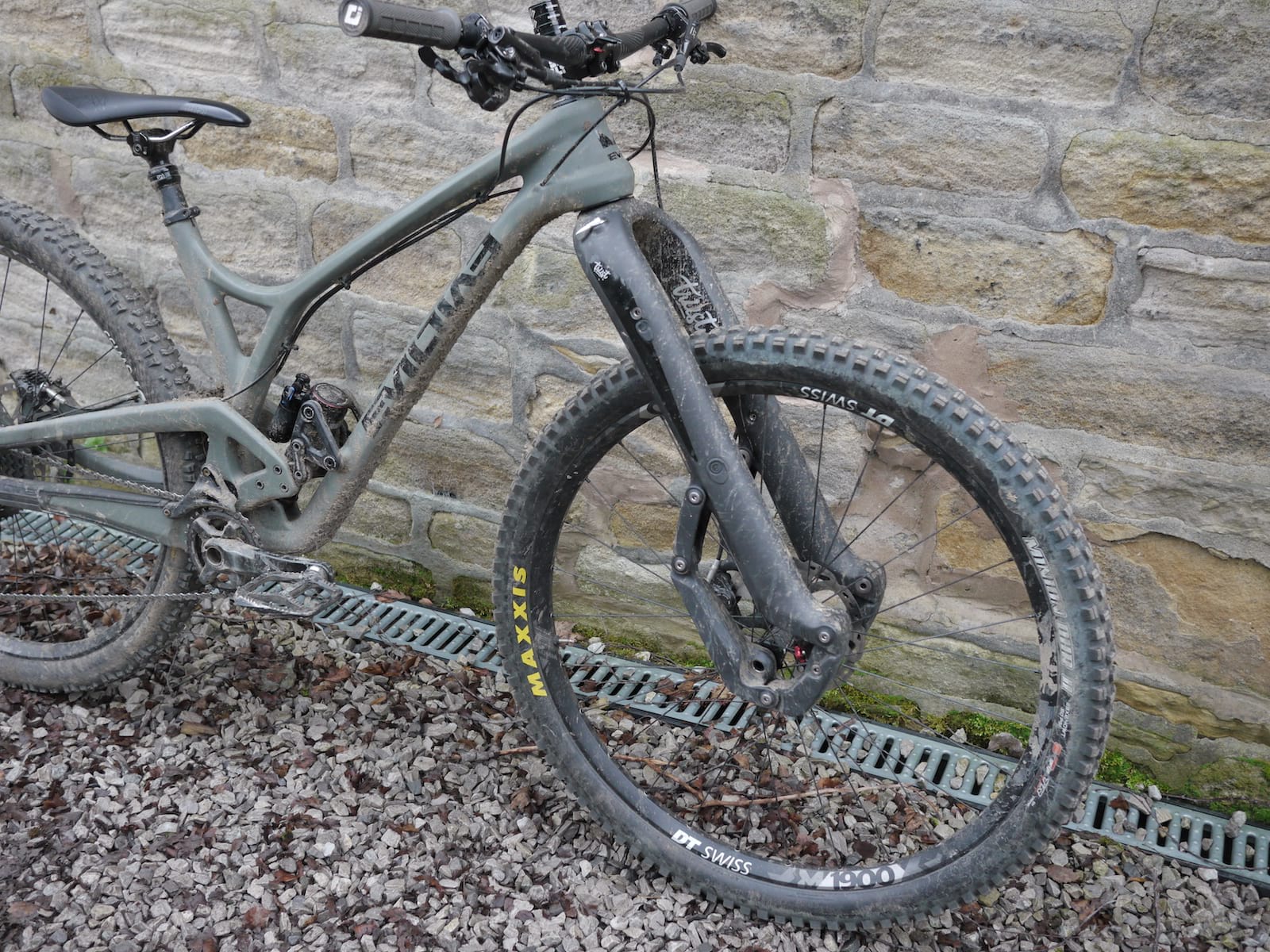
The Judgment – Overall
While it’s good at cornering, in most other respects the performance of the Trust Message loses out to forks half the price. If you only ride manicured flow trails it might work well for you, but for rocky, natural riding I think these are knocking on the wrong door. It seemed to struggle well before we hit our own limits.








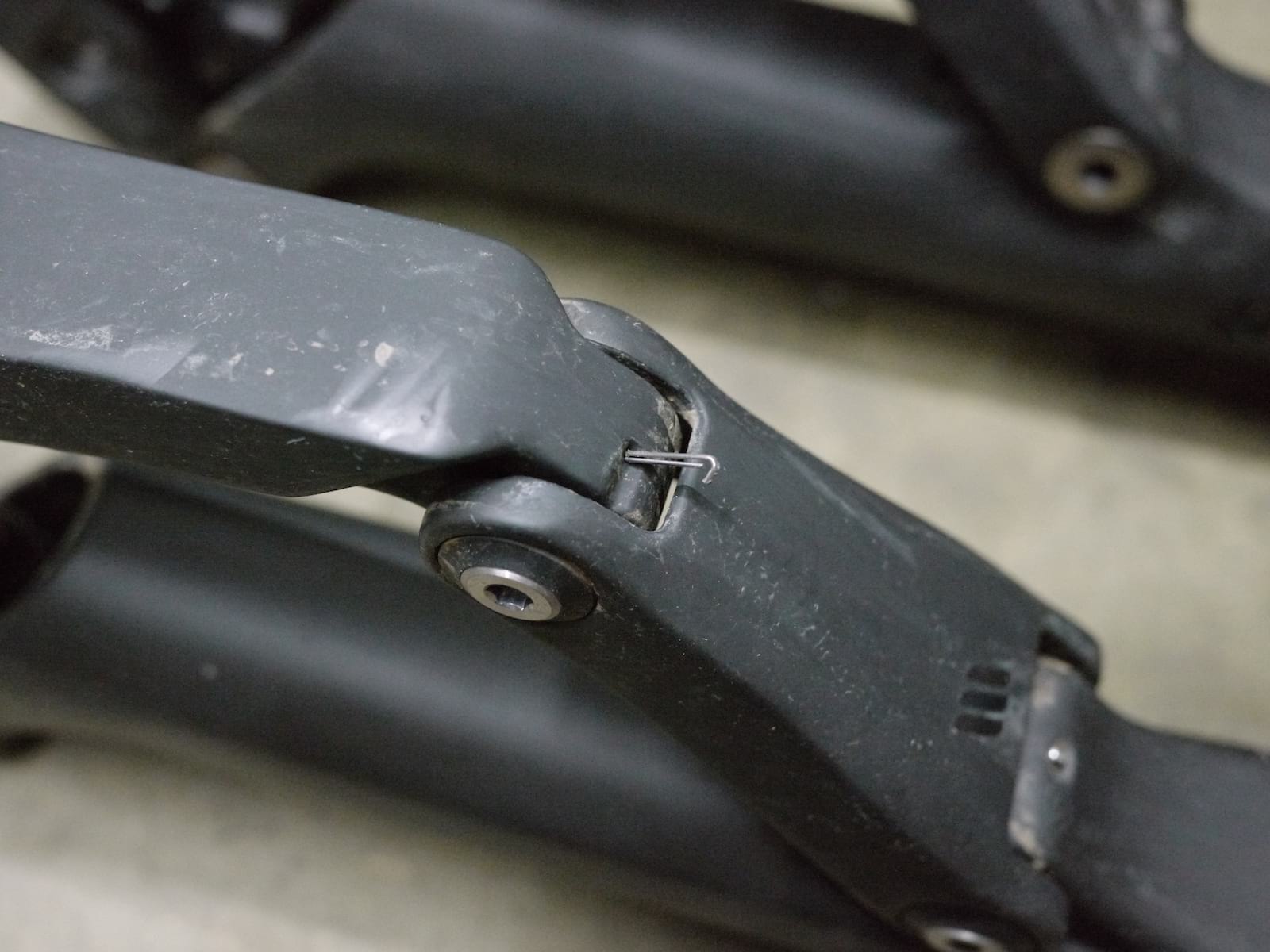

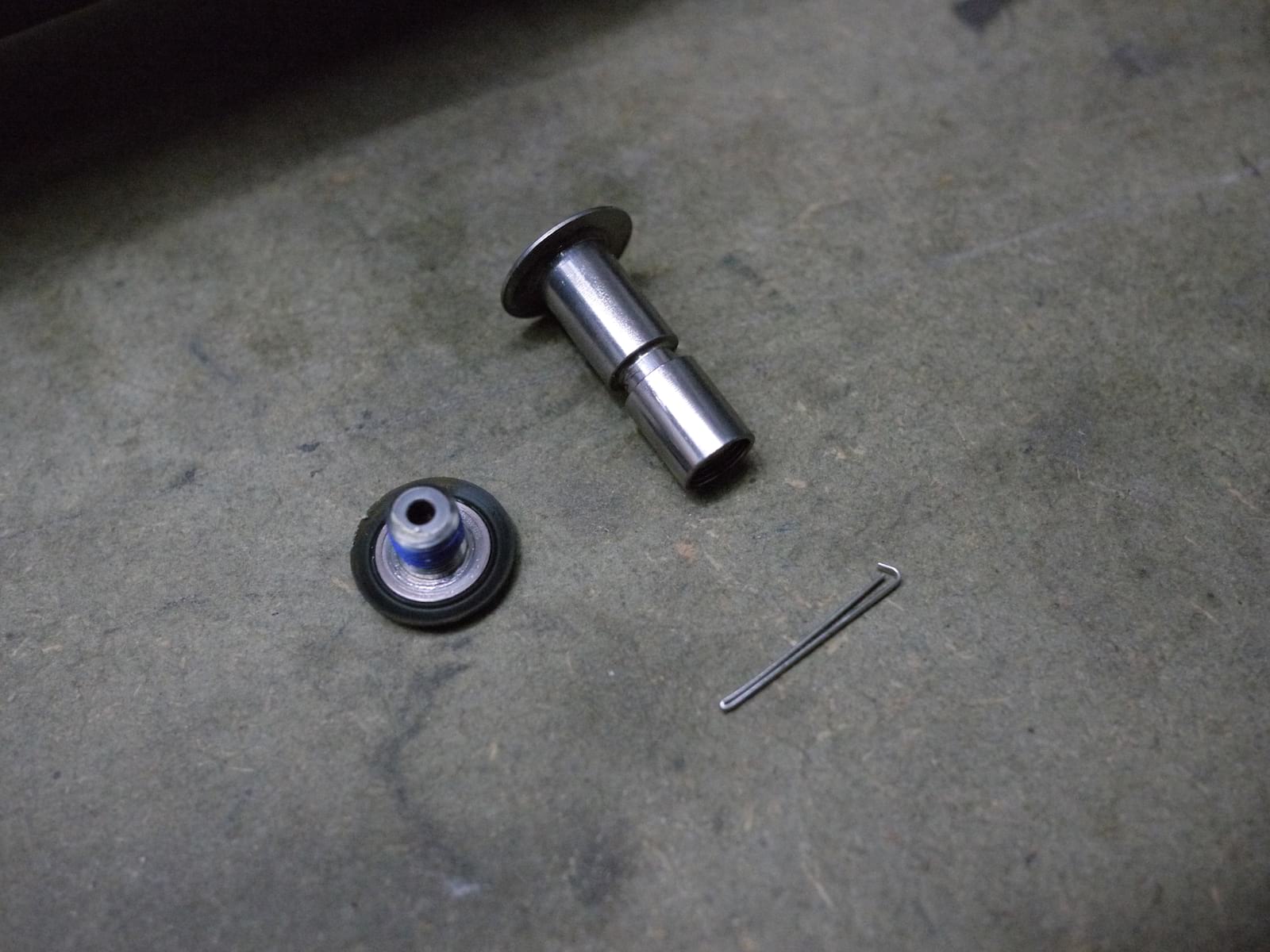
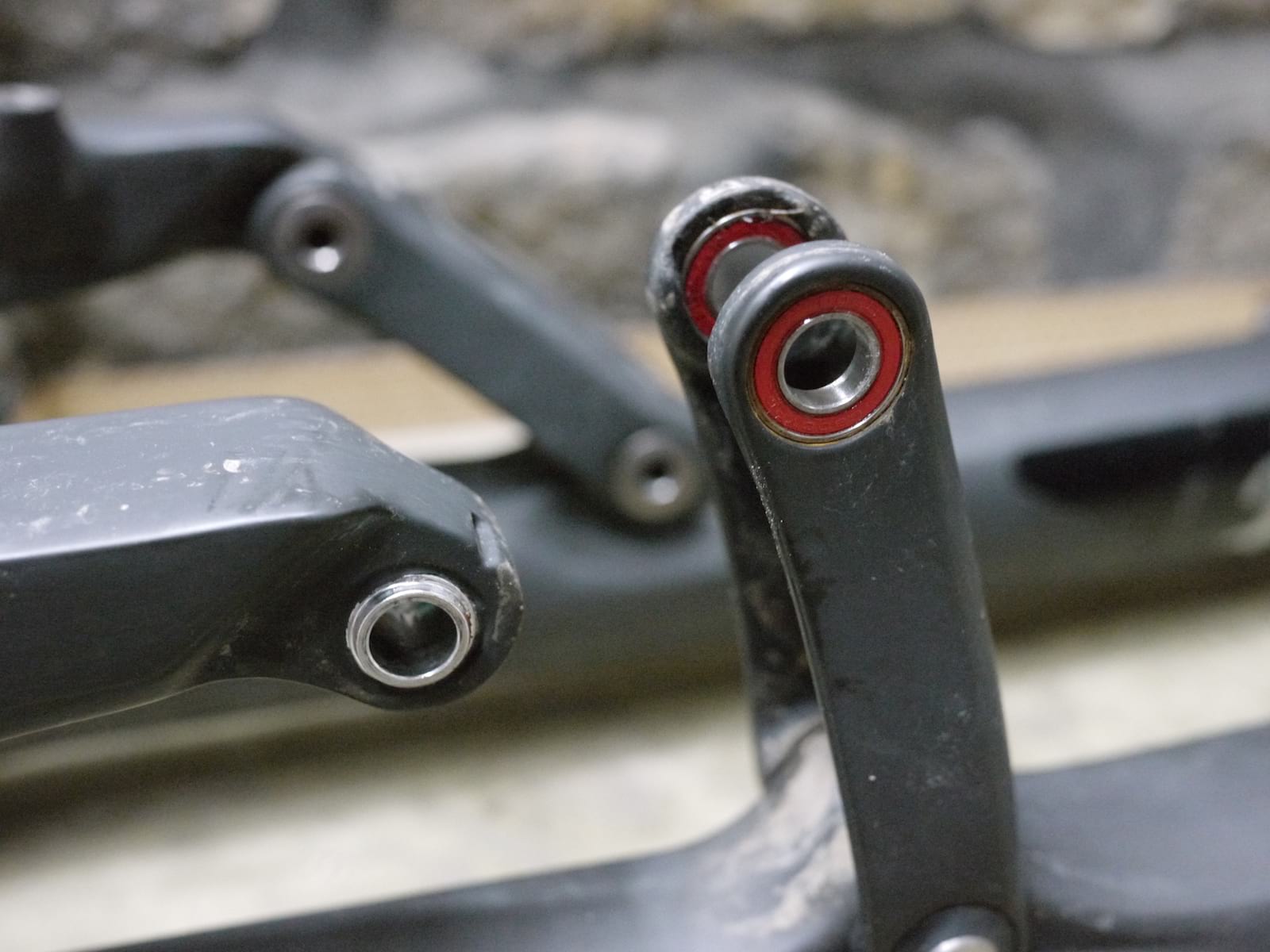
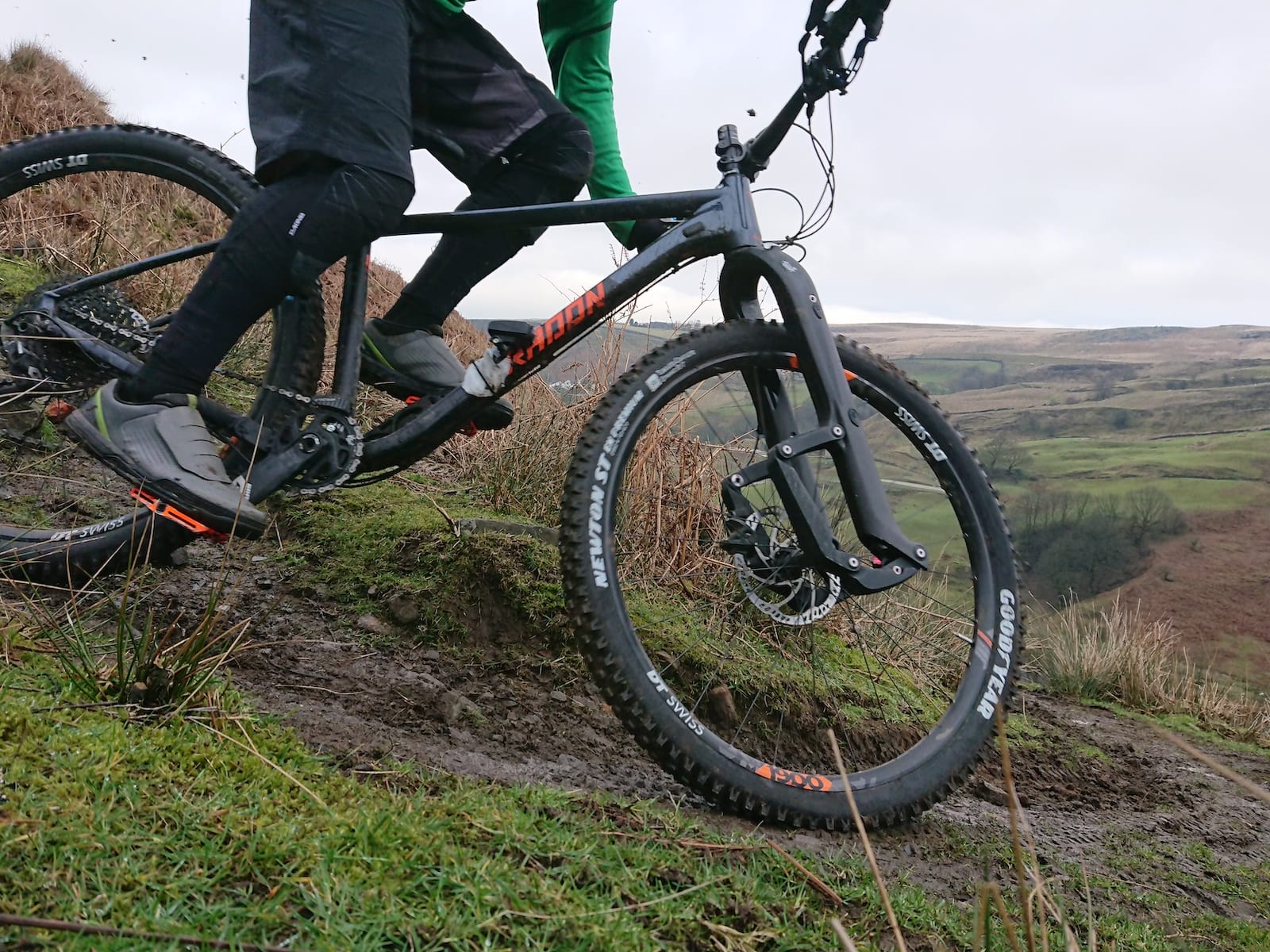

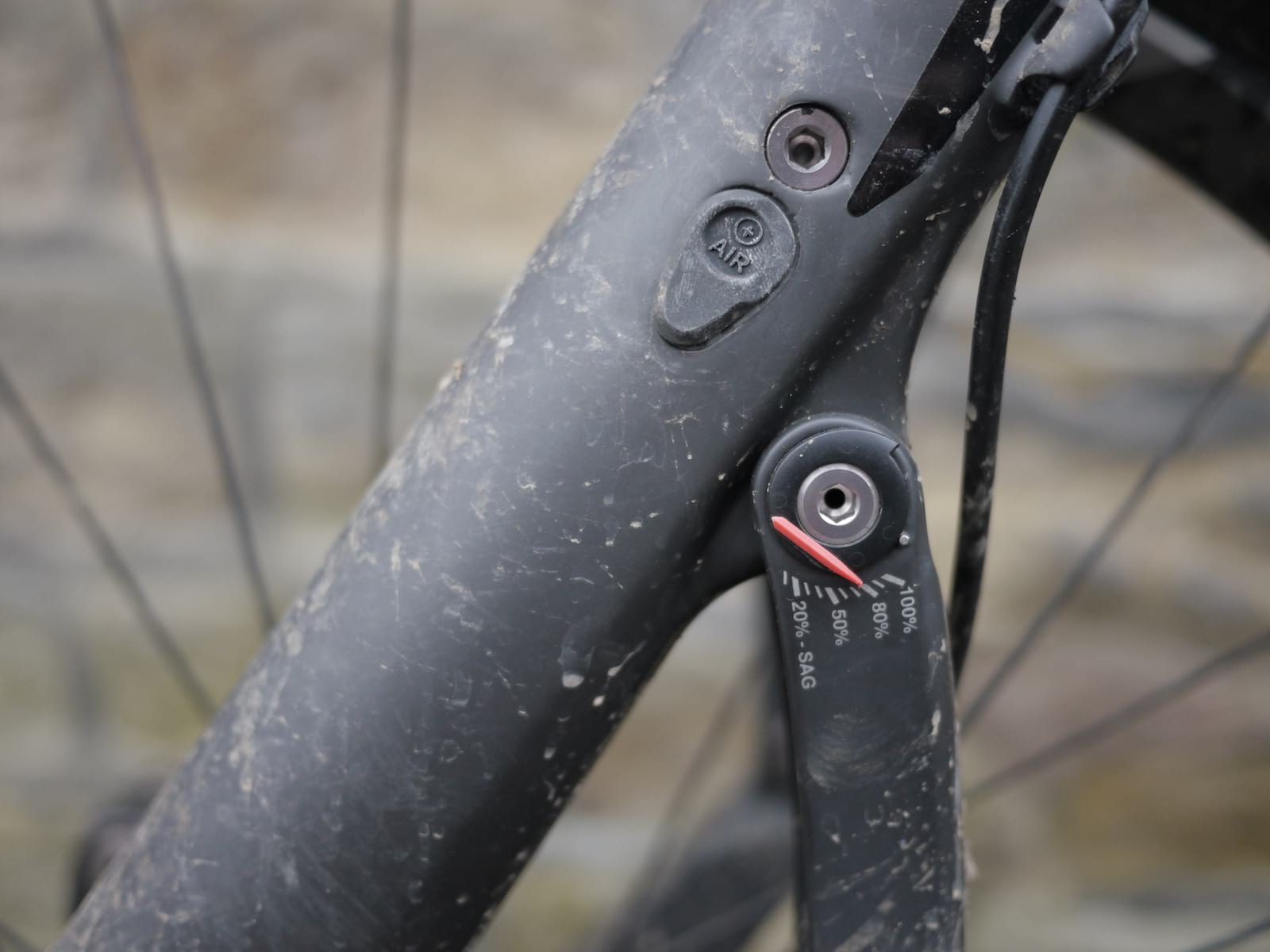
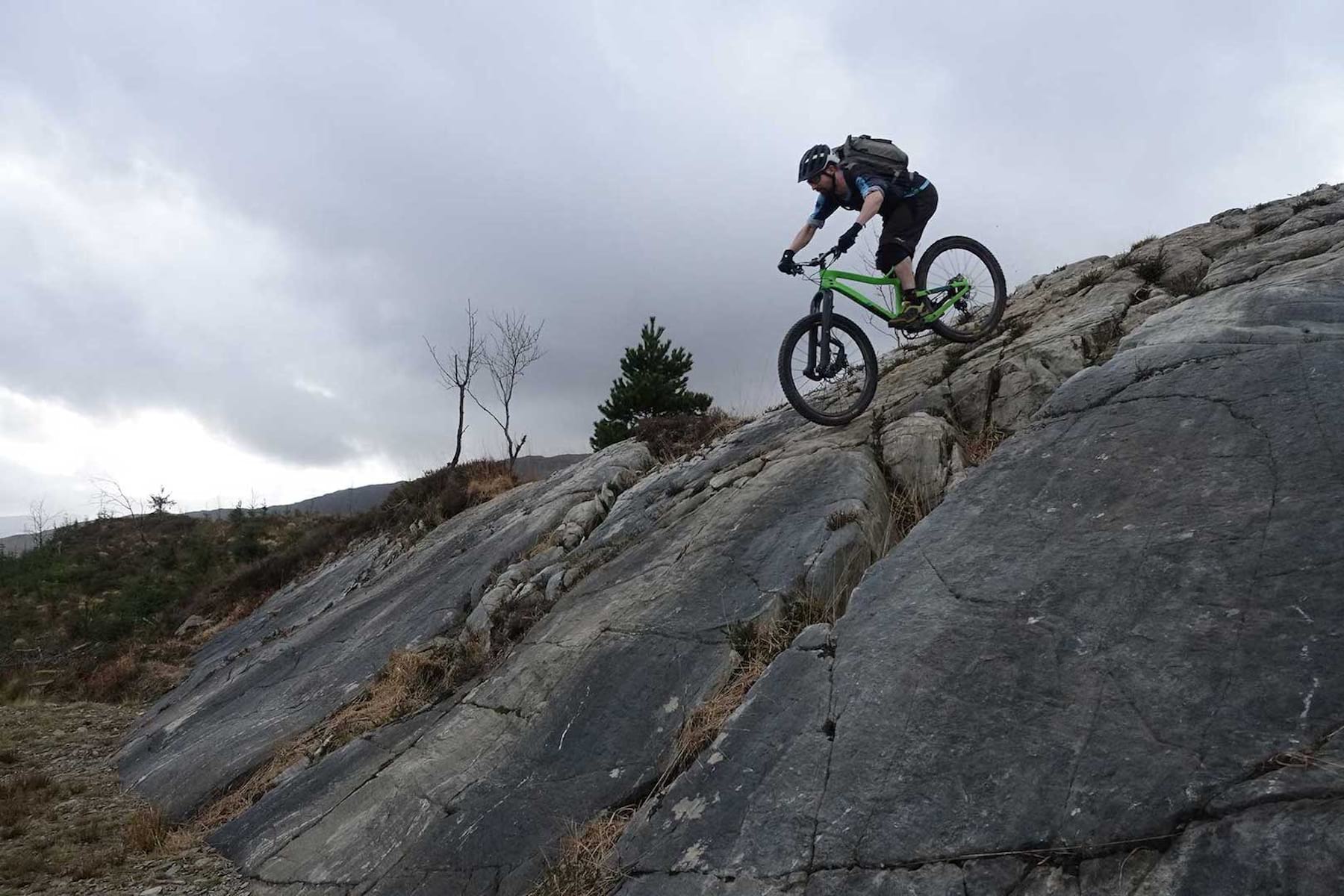

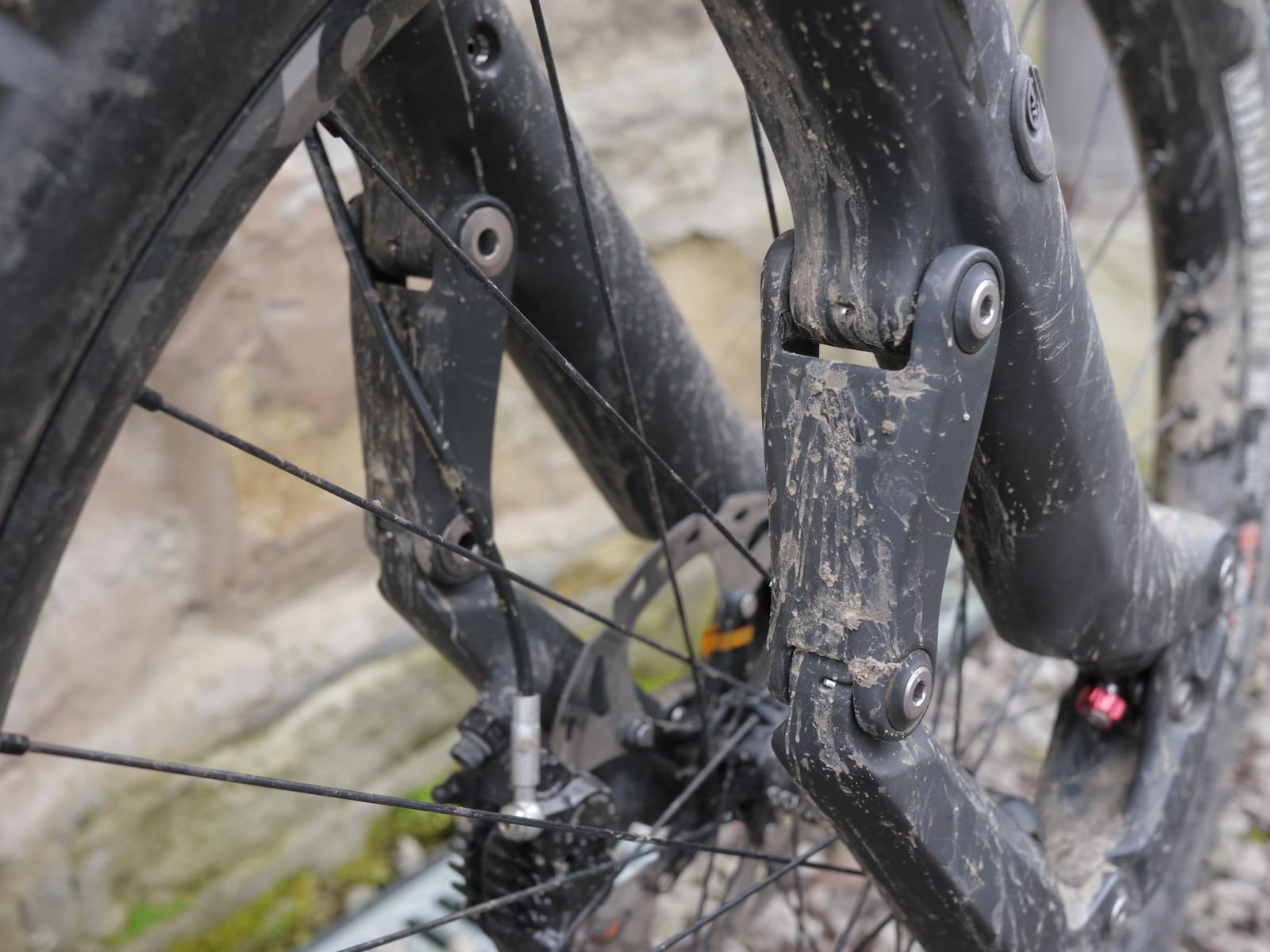
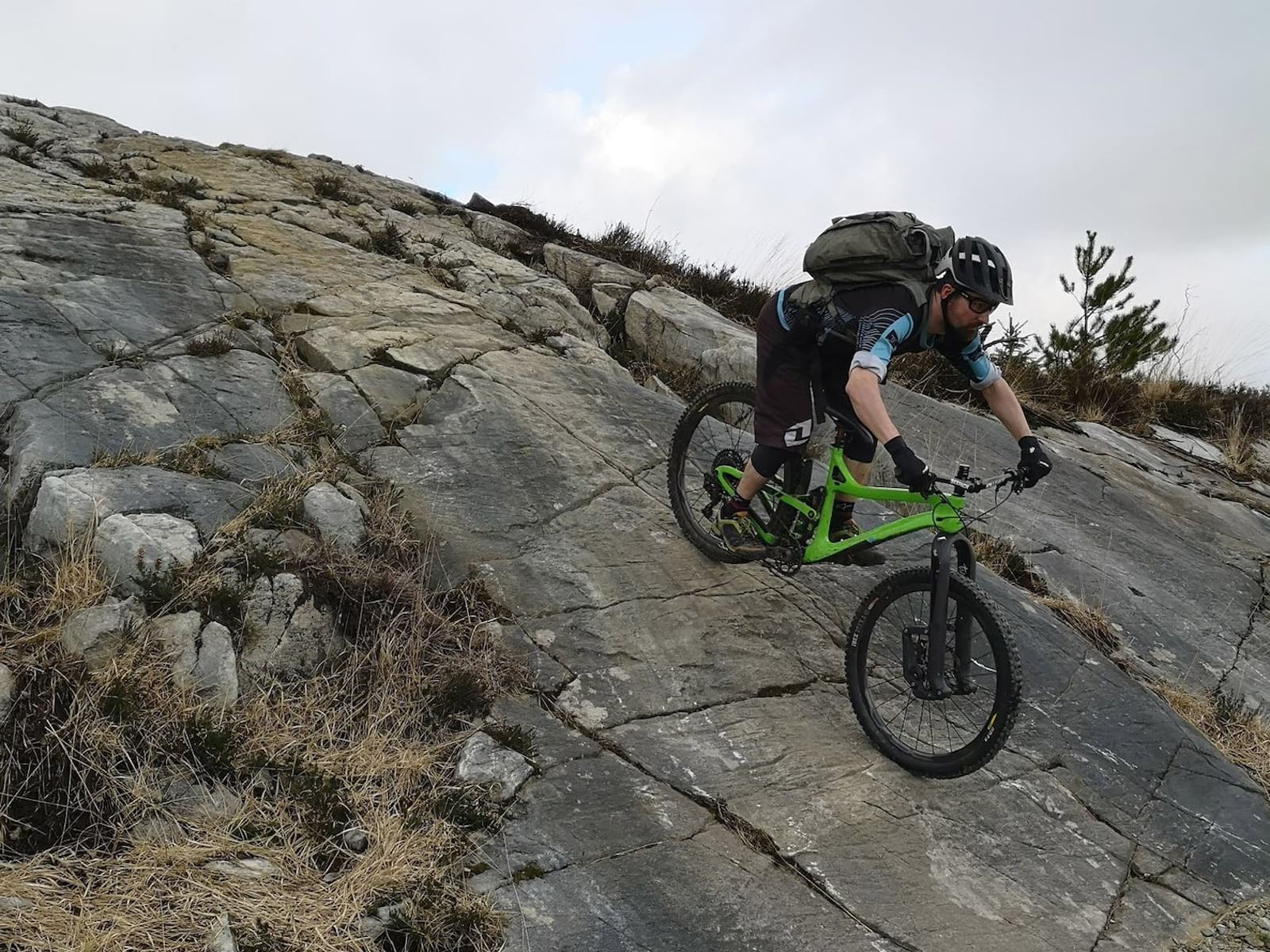


Ouch! I so wanted this fork to be good… thanks for an honest review.
It wouldn’t look out of place on the Mount Vision
I too wanted the Trust Message fork to be the holy grail of front suspension.. but this review sounds eerily too familiar to lacemine29s… At this price the Trust fork cannot work as good as a telescopic fork, but it must be at least twice as good.
http://lacemine29.blogspot.com/2018/12/trust-message-fork-review.html
But it goes so well with that Evil… Gopping and Gopping-er.
seems like it might be the way of the future… but not the near future let alone present. good to see people thinking outside of the box though
A big fat told you so to all the believers.
I’m sure a clever fella like Dave Weagle can fix this; Trust 2.0 will be better I’m sure. But even if I had the cash, it’s just too ugly to go on any bike I ever own.
sudden oversteer, wheel flopping into, that reminds me of the whyte prst 1 , it also had a linkage type suspension and was equally scary to ride.
That’s a lotta cash for smooth berms 0.0
I have the E18 linkage fork and they are excellent. I’ve only had time to roughly set them up but they just work. Small bump is really good even though they aren’t fully bedded in (assuming the bushes require this) and when braking the fork feels like a rigid fork, you know what the wheel is doing in a more Intuitive way than my 36 with ACS 3 coil kit and if you brake over bumps and in corners the fork really shows what it can do.
It’s a pity this doesn’t seem to match the hype.
Have you spoken to Trust to get their comments on your findings?
Appreciate the honest review, which seems to match a few other reviewers experiences quite well.
Eesh. That doesn’t sound like an enjoyable test period at all. Did you manage to reach full travel over the period or was it maxing out at 80% shown on the indicator in the photos?
Appreciate the honest review.
Yes, I did occasionally get it to 100% travel. The best settings I found meant it consistently used 80% on rougher trails.
The Evil Offering is meant for a 140/150/160 fork. Not 130 – 140. Most are running it with 150, if the Offering forum members are a good sample to go by.
Would be interesting to see E18 test in some competent hands as well…
Cheers!
I.
IvanMTB
like this:
https://singletrackworld.com/2018/07/review-motion-ride-e18-anti-dive-linkage-fork-first-ride/
sounds pretty amazing..!
Yeah, found that one, but no promissed follow up…
Cheers!
I.
@IvanMTB as soon as we get our test E18 fork we’ll get testing! Apparently high demand has delayed availability and we’re now hoping to receive it in April.
Looks similar I know, but that’s an Evil Following MB frame, not an offering… The dark olive colour gives it away, and the rear shock is a little shorter.
Anyway… Sad, mixed feelings about this review. Kinda glad that I no longer have any real desire to try it for myself, but at the same time I really wanted it to be the holy grail to aspire to! A big missed opportunity I guess…
@mboy my bad, that is indeed a Following: https://singletrackworld.com/2018/12/fgf-425-the-17-days-until-christmas-but-weve-already-opened-our-gifts-edition/
Shame that it sounds like the damper tech is lagging behind the chassis. Wonder if Push or similar suspension tuners have managed to get their hands on one yet and if they’ve managed to release the potential?
Trust has a neat solution in the form of bolt in crescents that take up all that redundant space, should you happen to be running one of the many non-torque capped front hubs out there
Yeah I fixed that on my pikes with 2 self adhesive 15mm id plastic washers for about 10p and just cut out a channel in the bottom.
Seems the curse of the AMP linkage fork lives on in this century……..I had the un-pleasure of piloting an AMP Linkage fork for a season, and never could get it to work so where the initial travel response wasn’t sacrificed for big hit stuff, etc…..then, once those linkage pivots start to wear – even just a little, the steering precision when new (which was much better than a telescopic fork) goes away…..There’s a reason why the telescopic fork is still with us today, much like the wheel is still the wheel….its a design that just plain works.
I had a demo ride on the trust forks yesterday. I agree mostly with the review although I didn’t get to ride anything remotely rocky aside from a few high speed braking bumps; most fast flowing hard pack.
I particularly liked the absence of brake diving, feedback was good particularly through fast corners giving a feeling of trust (pun not intended). They felt firm with none of the plushness I’m used to from a normal telescopic fork, as a BMXer that wasn’t an issue at all.
One think I didn’t like and feel it could present a fatigue issue on longer rides related to the firmess and feedback. Whilst they felt great on the 3 mile demo loop, I imagine 10 loops would get more tiresome than a standard fork.
I’d love to spend more with them but at £2500 that’s a damn expensive experiment and one only a dentist could probably justify.